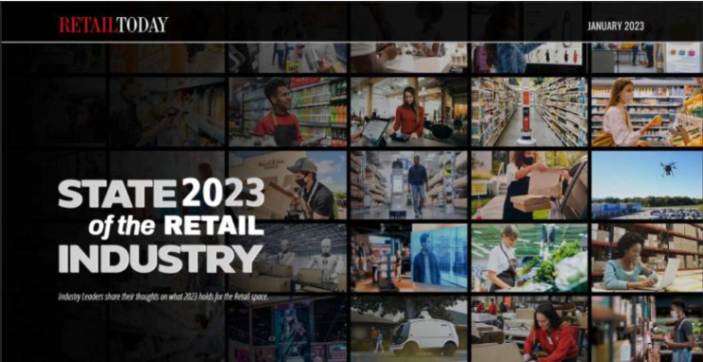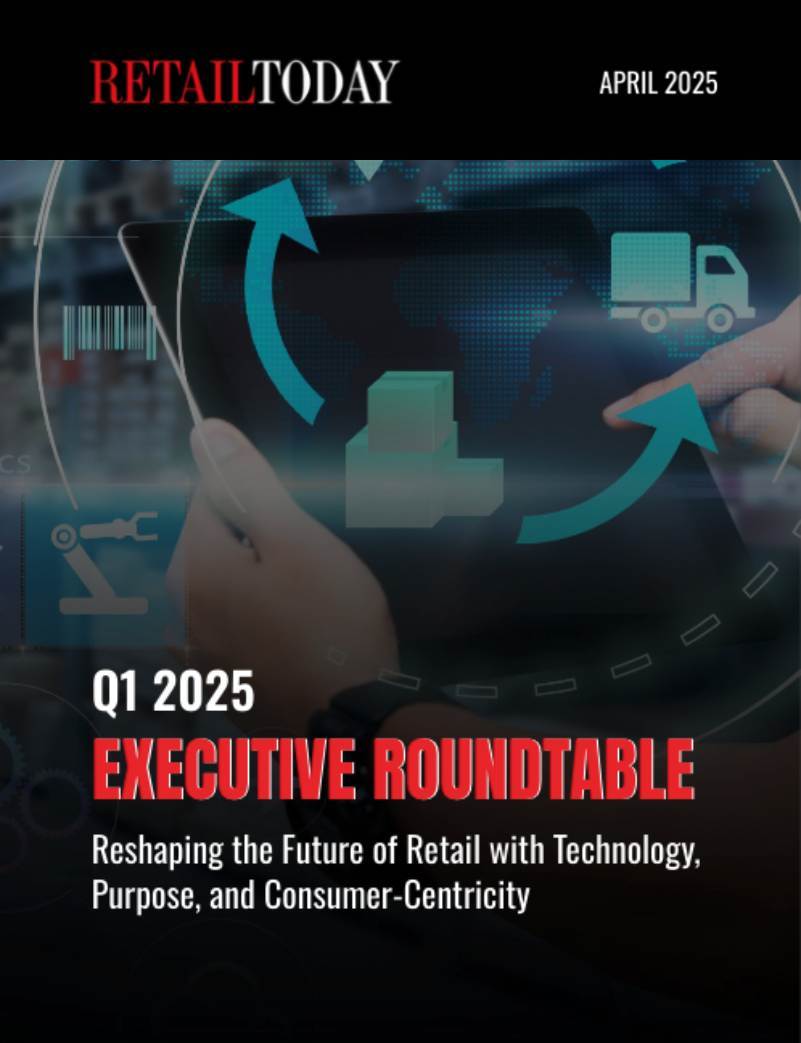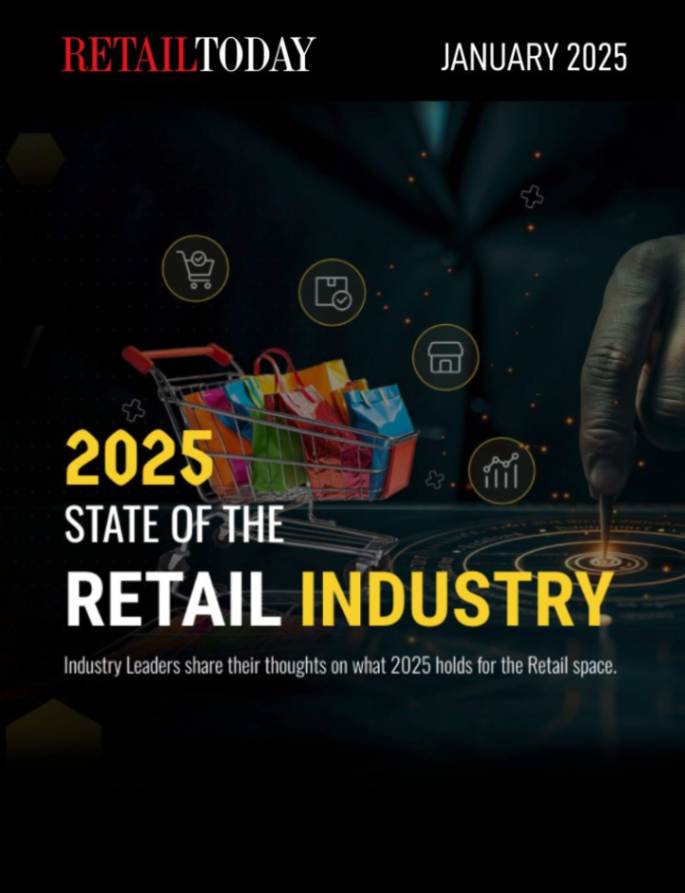
The State of the (Marketing) Union
We exist in a marketplace that is continually changing, with tastes that are becoming more diversified, and a populus that is learning things faster. Consumers have a higher appetite for niche products, and there are now more consumer brands than ever before. Between March 2020 and Jan 2022 alone, 2.5M new websites were minted on Shopify by pandemic entrepreneurs.
Beyond pure commerce, more verticals have become consumerized and therefore in need of a voice (i.e. the healthcare and insurance ads on Instagram or the subway). These seedling businesses have crowded the marketplace and competed relentlessly for eyeballs across all marketing channels
To add complication, Apple introduced the App Tracking Transparency (ATT) protocol, which requires websites to obtain permission before tracking third party cookies. The stipulation has virtually severed the source of data previously used to personalize ads and, in the process, decimated the effectiveness of marketing strategists’ playbooks.
For Businesses…
- Customer Acquisition Costs (CAC) have risen unrelentingly: As a direct result of competition, there is an unsustainable, higher-than-ever number of brands placing bids for Facebook and Google Ads.
- Untargeted ads have plummeted conversion rates: Email ads are no longer easy to run. Marketing departments previously used invisible pixels to collect data (such as open rates and IP address) on user behavior but can no longer reliably track those indicators.
For Consumers…
- We’re having a UGC moment: The rise of social media created a very individual-centric culture. Everyone has something to say, share, review or opine.
- The commerce-influencer axis has increased in complexity: Brands initially leveraged influencers to be their walking billboards. But influencers wanted more control and consumers became more discerning of embedded ads. Influencers – now Creators – shed brand partnerships to become community builders and tastemakers.
Should the customary combo of social media, email and influencer marketing campaign be declared dead, the question is: In which new ways will consumers be steered towards purchases?
What cultural shifts will influence decisions and strategy for marketing teams?
Which business models will rise from the ashes?
1. Privacy-First Alternatives
Contextual Targeting matches ads with the backdrop that they sit on, rather than users’ identity, browsing history and habits. It circumvents the need for user cookies and the ATT protocol limitations while giving advertisers the power to reach their desired audience.
- Seedtag is a contextual advertising startup that uses AI tools to “read” content on a page and match that up with advertisers’ aims, subsequently tracking how those ads perform.
Quiz-Based: Microexperiences, such as pre-purchase quizzes, prompt users to provide content freely and directly. Merchants are made privy to “zero-party data,” a stream of voluntary data regarding how customers view themselves, which they use to segment and target leads.
- RevenueHunt is a Shopify plugin that whitelabels interactive content to boost customers’ inclination to share habits in exchange for information about promotional campaigns.
2. Retail Media Networks (RMN)
RMNs are a specific type of natively-hosted advertising that circulates across a business’s digital and physical sites. The business model:
- Allows marketing teams to choose brand-safe and contextually-relevant environments through private deals / complete control over adspaces
- Boosts revenue of physical spaces (retail, grocery) categorized by profit crunch and empowers businesses to monetize first-party data
- Offers a seamless experience between in-app, on-site, direct partnership, and retail space, which drive better outcomes than interstitial advertising
Notable tech disruptors driving the movement:
- Veeve and Visuwall provide retailers with IoT screens
- Moloco uses Machine learning to service embedded in-app mobile campaigns (e.g. ads on the Uber app)
- SKAI is an AI-informed market intelligence, omnichannel media activation, testing, measurement, and prediction platform for businesses to built their own RMNs
3. Reviews and UGC
Social proof is a form of advertising currency; Consumers want to bolster purchase decisions with truthful, authentic opinions. Video advertising on visual-based platforms, and UGC have resonated with the younger generation.
- Radd is an eComm intelligence platform that hosts UGC via authentic, personalized and shoppable video product reviews, which can also be broadcasted LIVE on the online store; The startup has increased some Shopify merchants’ conversion by 700%.
4. AI-Generated Baskets
Some sellers will skip AI-advertising and the marketing funnel altogether to get to transaction. For customers who don’t even want power of choice and for small sticker items / repeat purchases (eg. groceries), AI-generated checkout pages will be a blessing.
- Black Crow AI delivers eCommerce-relevant predictive analytics via API that integrates on top of retailers’ existing flows, tools and software.
In the wake of 2023’s structural shifts, marketing as we know it will take on a new shape. The future of influencing prospects will use technology that is unobtrusive to the consumer’s experience, respectful of privacy preferences yet still personalized to a degree beyond what we know.
Ayla Jeiroudi is active in market research, venture insights and business development. She is passionate about how tech and culture intersect. She started her career in the buyside at Ardian, a French Fund of Funds, and holds a degree in Applied Mathematics and Economics from Brown University.
The views and opinions expressed in this article are those of the author and do not necessarily reflect the views or positions of any entities she represents.






